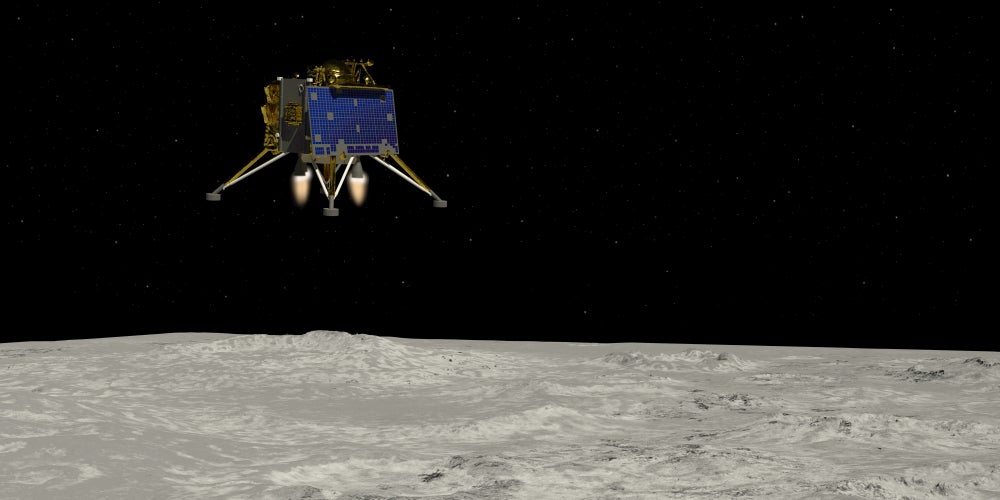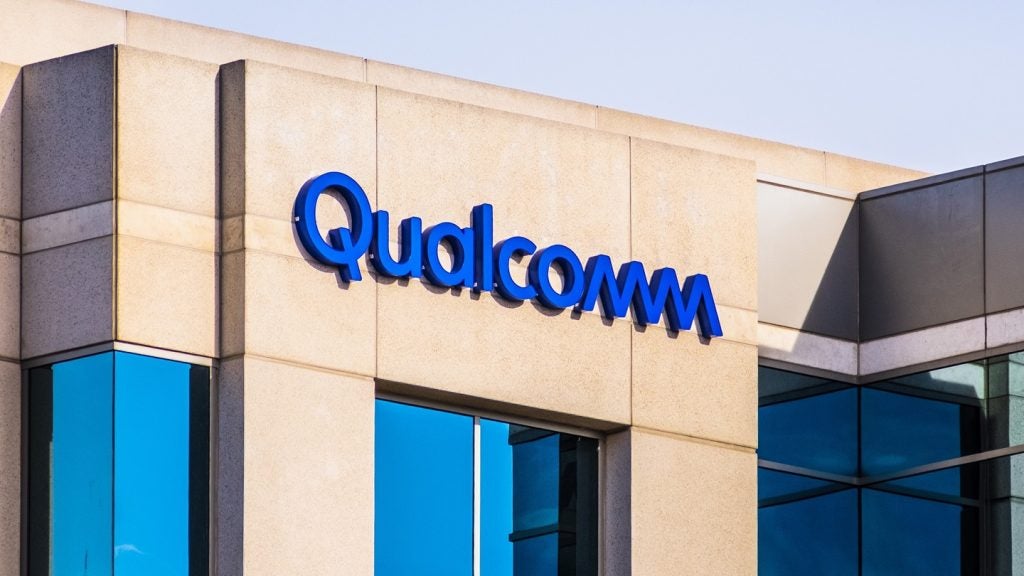On August 23, 2023, India’s Chandrayaan-3 mission achieved a historic feat, beating Russia to become the first country to land on the Moon’s south pole.
National celebrations ensued, with Prime Minister Modi later declaring August 23 a National Space Day.
The Chandrayaan-3 mission marked a significant milestone in India’s 54-year history in space, cementing the country’s status as a fast-rising space superpower. India joined an exclusive club of the US, Russia, and China, to become only the fourth country to reach the Moon. This success is particularly remarkable because India’s space agency, the ISRO, operates on a relatively shoestring budget.
A genuine low-cost programme
India’s space budget for 2022 was around $1.66 billion. Yet, India’s space budget is dwarfed by those of major national space agencies. Major global players like the US, China, Japan, France, and Russia allocated space budgets ranging from $3.42 billion to $61.97 billion in 2022.
Despite these fiscal limits, the ISRO has developed a low-cost edge among major national space agencies. India’s Chandrayaan-3 mission cost around $75 million, while India’s Mangalyaan mission, which sent a probe to orbit Mars, cost about $74 million. Both missions cost less than blockbuster space movies like Interstellar, Gravity, and The Martian. Comparatively, NASA’s Artemis I mission—which sent an unmanned spacecraft beyond the Moon and back in 2022—is estimated to have cost around $4.1 billion just to launch.
The ISRO’s low-cost edge is rooted in its culture of fiscal frugality and prudence, dating back to the ISRO’s inception in 1969. Prime Minister Modi illuminated this in 2014, outlining how he saw “photographs of rocket cones being transported on bicycles” during the ISRO’s earliest years.

US Tariffs are shifting - will you react or anticipate?
Don’t let policy changes catch you off guard. Stay proactive with real-time data and expert analysis.
By GlobalDataToday, the ISRO keeps costs down by copying and adapting existing technology. For instance, various iterations of the Polar Satellite Launch Vehicle, “the ISRO’s trusted workhorse,” have been deployed in nearly 60 missions.
Additionally, India’s space scientists earn considerably less than those at other major space agencies. Former ISRO Chairman Shri G Madhavan Nair suggested that India’s space scientists are paid one-fifth of the global average.
Looking ahead, the ISRO’s low-cost space program will continue to flourish. In 2024, NASA and the ISRO will collaborate to launch an Earth observation satellite and send an Indian astronaut to the International Space Station. In 2025, India is set to launch its first crewed spaceflight mission. Prime Minister Modi has also requested the ISRO to construct an Indian space station by 2035 and to send humans to the Moon by 2040.
Emerging economies will seek to replicate India’s success
The ISRO’s achievements serve as a blueprint for emerging economies aspiring to make their mark in space exploration. According to GlobalData, advancements in manufacturing, propulsion, and rocket launches, spearheaded by SpaceX, have made it much easier and less expensive to venture into space. This has opened avenues for emerging economies like Pakistan, Brazil, and South Africa to emulate the ISRO’s success.
The motivation for these emerging economies to venture into space extends beyond the obvious scientific benefits.
First, there are geopolitical security considerations. Space hosts vital communication, surveillance, and navigation satellites to support civilian and military operations. India’s accelerating involvement in space has emerged partly as a response to China’s growing influence in this domain. Space projects also act as symbols of power, status, and technological advancement, allowing countries to ‘punch above their weight’ on the global stage.
Additionally, the national pride and prestige associated with successful space launches—as witnessed in India’s Chandrayaan-3 mission—become powerful tools for political leaders to bolster the legitimacy of their governments.
As India reaches for the stars on a budget, it not only sets a potential career path for a nation of young people, but it also inspires other nations to follow suit and dream big.
Join GlobalData’s space economy webinar on Wednesday, December 6, 2023, featuring Thematic Analysts Jordan Strzelecki, Carolina Pinto, and William Tyson. Topics covered will include the key trends impacting the space economy, whether space will become a new arena for geopolitical conflict, and much more.









